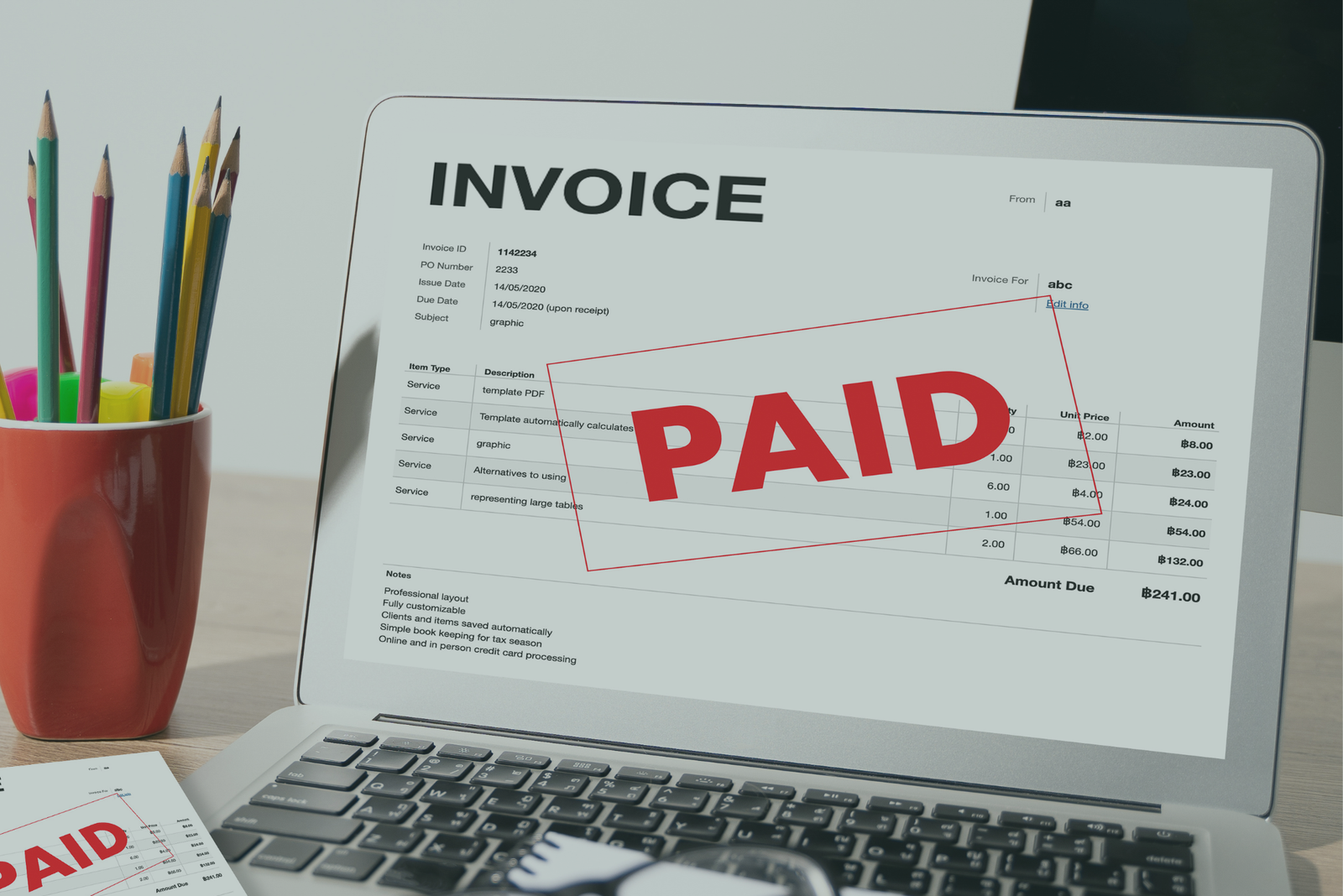Perspectives

How to Understand and Manage Working Capital in Your Business
Why Working Capital Deserves Your Attention
You can have growing sales, healthy profit margins… and still run into financial trouble.
Why? Because profit doesn’t equal liquidity.
Working capital is the financial pulse of your business — and one of the first things lenders look at when you apply for financing. Mastering it means protecting your operations, unlocking growth, and making smarter funding decisions.
What Is Working Capital?
Working Capital = Current Assets – Current Liabilities
Current assets: cash, accounts receivable, short-term investments, inventory
Current liabilities: accounts payable, credit lines, short-term debt, accrued expenses
💡 It’s the difference between what you have now and what you owe soon.
What Does It Tell You?
✅ Positive working capital means you can cover your short-term obligations — with a cushion.
❌ Negative working capital means you’re at risk of defaulting on key expenses — even if sales are up.
This is why lenders and investors pay close attention to your working capital position: it reflects your ability to operate and repay debt without relying on future income.
Example: Real-World Working Capital Calculation
Let’s say your business has:
$150,000 in accounts receivable
$75,000 in inventory
$25,000 in cash
$180,000 in accounts payable
$30,000 in short-term loans
Working Capital = ($150K + $75K + $25K) – ($180K + $30K) = $40K
That $40K is what you have available today to keep your business running smoothly — and it’s a critical number when talking to lenders.
Warning Signs Your Working Capital Is Too Tight
If you’re seeing any of the following, your working capital might be holding your business back:
📉 Trouble making supplier payments on time
⏳ Delays in payroll or tax payments
❌ Missed opportunities because you lack upfront cash
💳 Relying on short-term credit to bridge the gap
📦 Overstocked inventory that doesn’t turn over fast enough
How to Strengthen Your Working Capital (Without More Debt)
Accelerate receivables
→ Use invoice factoring to turn unpaid invoices into immediate cash.Lease instead of buy
→ Free up capital by leasing equipment, especially for medical and tech-heavy businesses.Stretch your payables
→ Renegotiate terms with vendors or suppliers where possible.Streamline inventory
→ Reduce excess stock and focus on high-turnover items.Refinance existing short-term debt
→ Lower monthly obligations by restructuring payments over a longer term.
👋 Let’s Talk Working Capital
Whether you need to bridge cash flow gaps or prep for a growth opportunity, understanding your working capital is the first step toward better financial health — and Finmed Capital is here to help.
We work with Canadian businesses to secure the right financing solutions, tailored to your numbers.
📞 Book a quick consultation at
👉 finmedcapital.ca
Popular Category
- Financing Solutions (3)
Popular Post
- Blog







